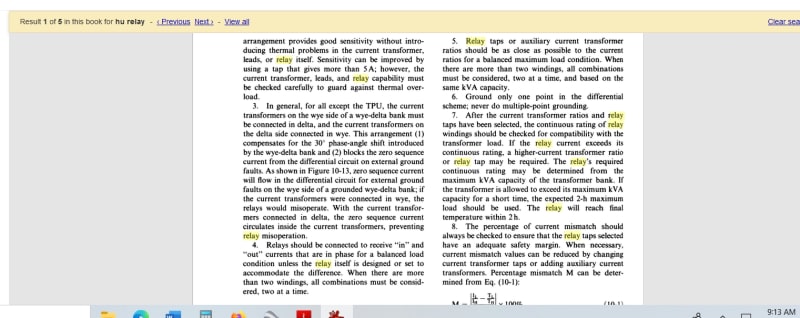Mbrooke
Electrical
- Nov 12, 2012
- 2,546
Why is it that these relays do not include the neutral (X0) CT in the differential circuit?
Its confusing the heck out of me- I mean wouldn't a secondary line to ground fault inadvertently trip out the differential?
Its confusing the heck out of me- I mean wouldn't a secondary line to ground fault inadvertently trip out the differential?

